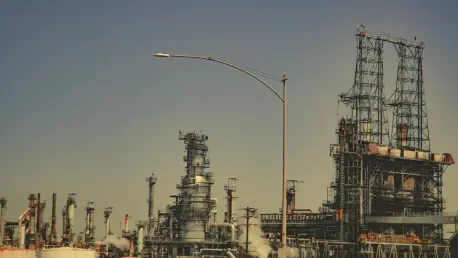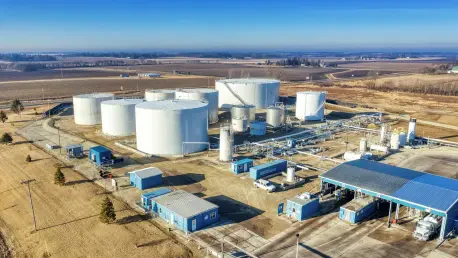
In a world increasingly driven by the urgent need to combat climate change, the Keadby Next Generation Power Station Project near Scunthorpe, Lincolnshire, emerges as a beacon of innovation in the UK's energy landscape, promising a transformative impact. This ambitious undertaking by Keadby Next

In a striking turn of events that has reverberated through Europe’s legal and geopolitical corridors, a Polish court recently made the controversial decision to deny the extradition of a Ukrainian suspect linked to the 2022 Nord Stream pipeline explosions, severely damaging critical infrastructure

What happens when the lifeblood of the global economy—oil—starts to lose its value at an alarming rate, sending shockwaves through industries and households alike? Today, with Brent crude dipping to $61.05 per barrel and West Texas Intermediate at $57.33, both down by 0.4%, the energy market is in

As winter approaches, France finds itself grappling with a mounting energy challenge that could test the resilience of its gas supply chain, especially with a critical pipeline outage and disruptive labor disputes at key liquefied natural gas (LNG) terminals raising alarms about the country’s

The global oil market is grappling with a dramatic downturn, as Brent crude has plummeted to $61.91 per barrel and West Texas Intermediate (WTI) to $58.27, marking their lowest levels in five months as of recent reports. This sharp decline, driven by escalating trade tensions between the United

Recent developments in international trade have brought to light a critical issue as new U.S. sanctions on Iranian petroleum exports target a key crude oil terminal in China, directly affecting Sinopec, the nation’s largest refining company. These sanctions, announced in a bold move by Washington,